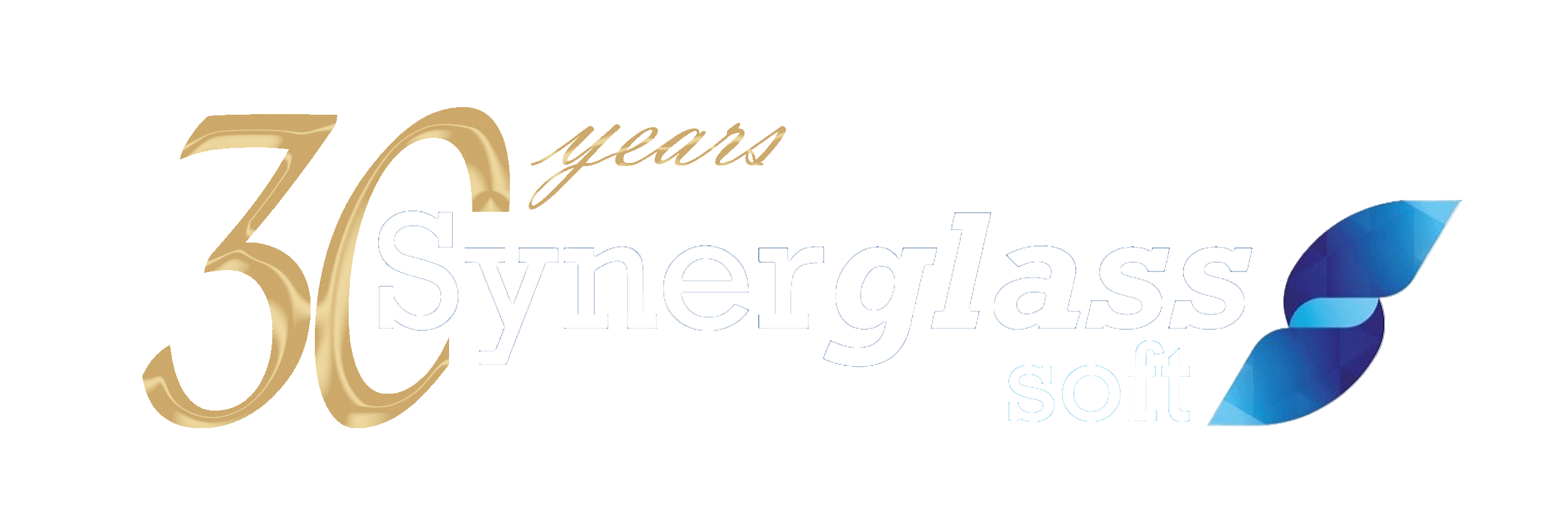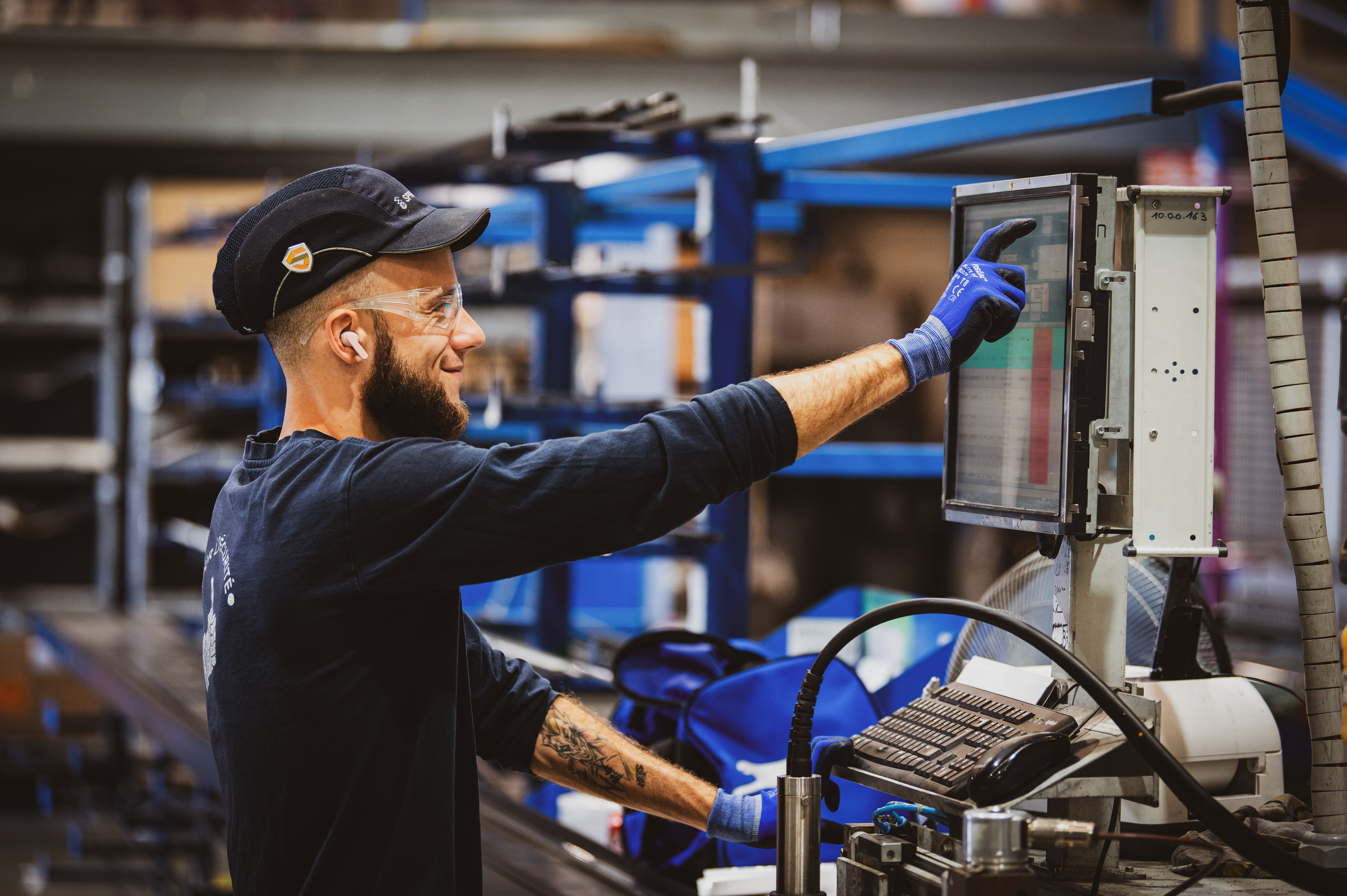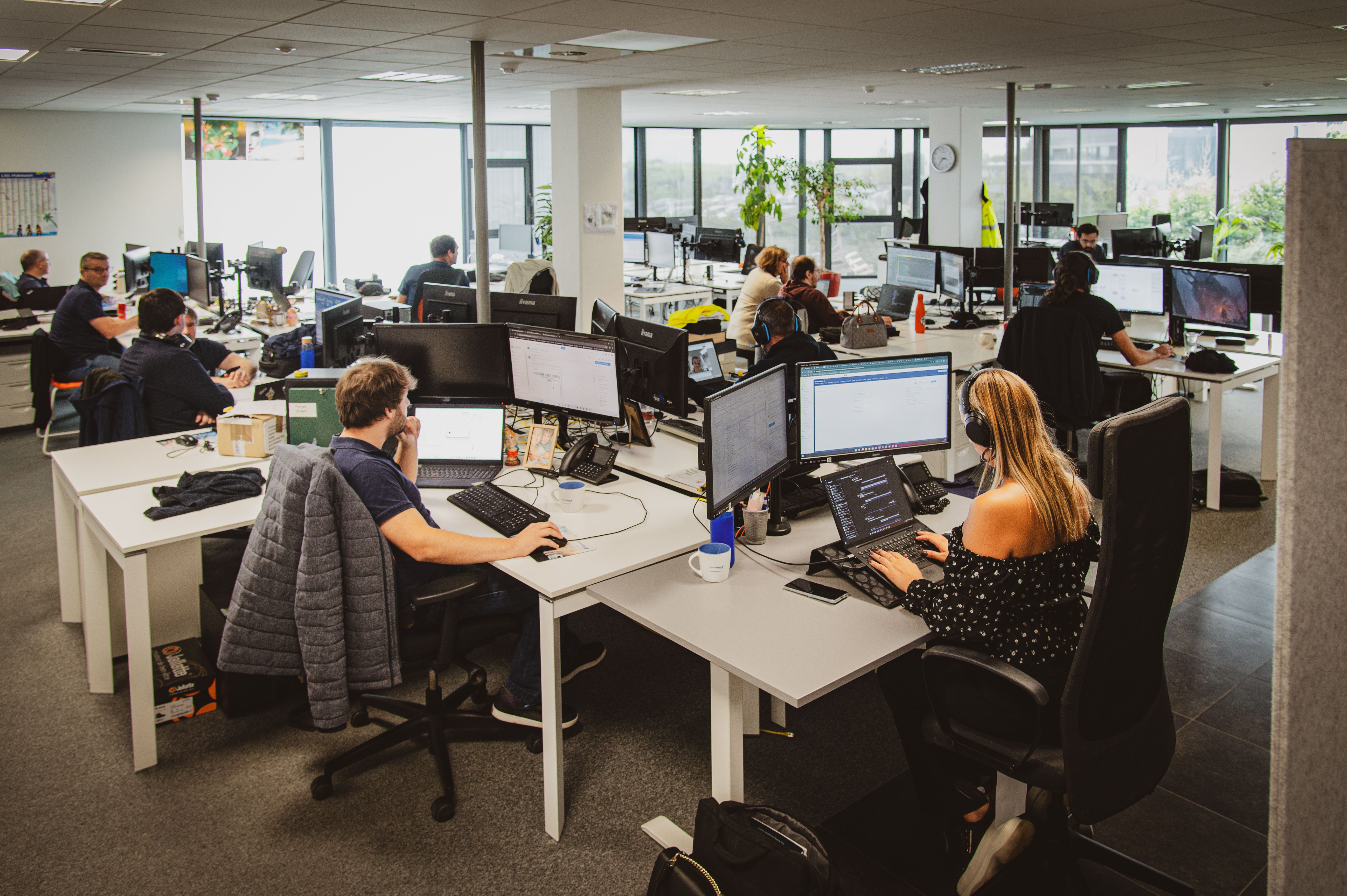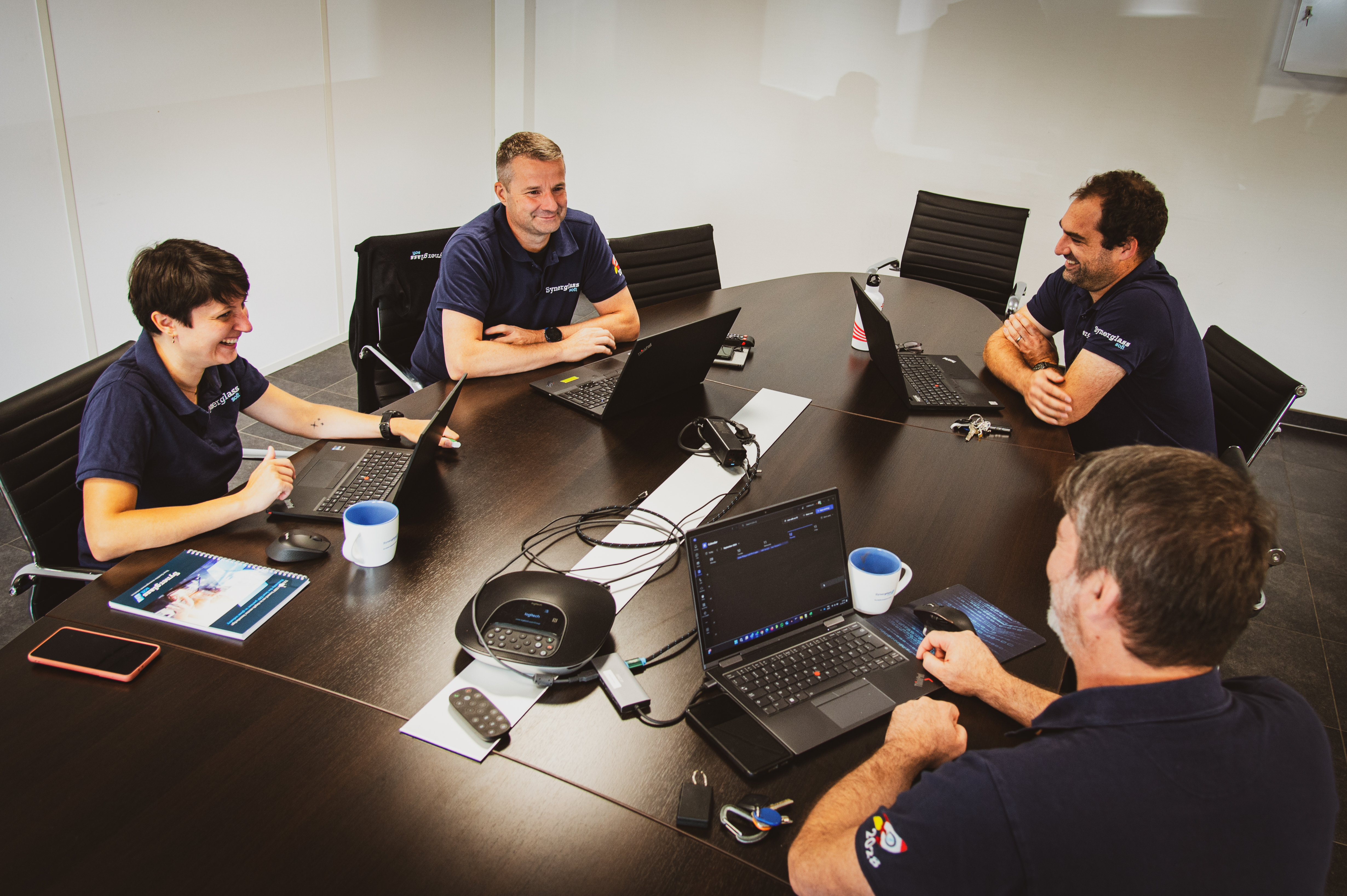Understanding Return on Investment (ROI)
What is ROI?
Before delving into specifics, let’s clarify the concept of ROI:
Return on Investment (ROI) refers to the financial gain or benefit obtained from an investment relative to its cost. In other words, it represents the comparison of what you pay with what you will get over time.
For example, if you are investing in new software, ROI helps you quantify financial returns such as scrap rate reduction, labor cost savings, or production speed increase in relation to the cost of purchasing and implementing the software.
In the context of a SaaS (Solution as a Service) model like StarterPro, ROI involves evaluating both the ongoing subscription expenses and the initial set-up costs. Specifically, it assesses how these costs compare to the financial benefits gained from using the software.
For StarterPro, this means calculating the estimated ROI based on projected savings, efficiencies and other benefits, compared to the subscription and initial costs.
In this article, we focus on estimating ROI before the purchase decision, using expected benefits and savings as criteria for determining if the investment is worthwhile.
How is it calculated?
In practical terms, ROI is calculated as:
ROI (%)= {(Net Profit from using StarterPro−Total Costs / (Total Costs)} x 100%
Where:
- Net Profit from Using StarterPro includes any savings, gains, or benefits that should be obtained from the software.
- Total Costs encompass both the initial set-up cost (which can range from €2,000 to €5,000) and the ongoing monthly subscription fees (ranging from €200 to €2,268).
For a SaaS model like StarterPro, the calculation is slightly adjusted to reflect operational expenses rather than one-time costs. The monthly subscription fees are considered part of the ongoing operational costs rather than a capital investment. Here is a more detailed breakdown:
ROI (%) = {(Net Profit from Using StarterPro−(Setup Costs + Total Monthly Subscription Costs))/(Setup Costs + Monthly Subscription Costs)}×100%
Where:
- Net profit from using StarterPro: It includes projected savings, increased productivity, and other anticipated benefits.
- Setup costs: The initial cost required for installation and any necessary setups.
- Monthly subscription costs: The cumulative cost of monthly subscription fees over a specific period (e.g., one year).
Why is it important to calculate the ROI of a software system?
This metric is really important for working out how well investments are doing across different industries, including manufacturing, technology, and services.
Businesses and investors use ROI to see how successful projects, initiatives, or acquisitions are. It shows how well capital is being used and whether the returns are worth the costs.
Calculating ROI is very important for evaluating the potential success of new software system before making a purchase decision. It helps you make informed choices by estimating whether the software will deliver enough benefits to justify the costs. You can do the ROI calculation before a project to decide whether to move forward, or after implementation to assess actual performance.
In this article, we mainly focus on checking the ROI before a new purchase. In this case, the ROI calculation is used as a criterion for making a decision to check whether it is worth it or not.
When ROI is calculated beforehand, it helps on different levels:
Make informed decision
By quantifying the financial benefits of a software investment, you can decide whether or not to proceed with software purchase and implementation.
Justify the investment
ROI provides a clear, objective measure to justify expenses to stakeholders, ensuring that the subscription fee and any associated costs (e.g. implementation and training) produce sufficient benefits, such as improved efficiency, increased revenue, or cost savings.
Evaluate the efficiency
In industries such as glass processing, where margins can be tight and price sensitivity is high, every euro counts. Understanding ROI helps assess how capital is used and identify areas for improvement.
Guide to measure ROI
For glass processors, investing in StarterPro aims to improve efficiency, cut costs and boost your profits. Here is how you can measure and evaluate the ROI of StarterPro effectively before making a decision:
1. Define your objectives, KPIs and metrics
To measure ROI accurately, start by identifying your specific objectives and KPIs for implementing StarterPro:
- Cost reduction: Target reductions in material waste and labor costs.
- Increased efficiency: Aim to improve production speed and optimize resource (e.g.: people, machines, material costs…) use.
- Improved profitability: Seek to enhance overall revenue and profit
Then, define metrics to measure what exact results you hope to achieve:
- Material waste reduction (%): Estimate the reduction in scrap rate, such as a 10% decrease in scrap rate.
- Labor cost savings (€): Project savings from improved efficiency.
- Production speed increase (%): Forecast improvements in production output.:
At this stage, bear in mind that you are calculating an estimated return on investment (ROI) to determine whether it is worth proceeding with the purchase or not.
This estimate will be based on anticipated savings, optimizations and expected results. Once the project has moved from the decision phase to the implementation phase, and sufficient data has been collected, you can then calculate the actual ROI using the same procedure.
2. Breakdown of investment costs
When you are thinking about investing in StarterPro, remember to consider both the upfront and ongoing costs. Once you have defined your objectives, KPIs and metrics, the next step is to understand the investment breakdown associated with StarterPro:
- Initial setup: It includes setup fees and any necessary hardware upgrades. It can cost anywhere from €2,000 to €5,000, depending on the hardware and installation needs.
- Monthly subscription: Depending on the package you choose and the number of users, monthly subscriptions range from €200 to €2,268. This covers updates and ongoing maintenance.
- Training: It is important to get the most out of your software, and that means making sure your team is properly trained. That is why training is included in the installation fees, so your team can make the most of all StarterPro has to offer.
3. Calculate operational improvements
Since you are estimating ROI before the actual purchase, focus on projecting potential improvements rather than analyzing real-time data. Estimate the operational gains StarterPro could deliver, such as reduced scrap rate and increased efficiency, and use these projections to inform your decision-making process.
By following these steps, you can estimate the ROI of StarterPro and make a well-informed decision about whether to proceed with the investment.
- Scrap Rate Reduction: Suppose you aim for a 10% reduction in scrap rate. If you currently loose €10,000, a 10% reduction would save you €1,000 per month.
- Labor Cost Savings: Estimate the improvement in efficiency. For example, if you spend €5,000 per month on labor and expect a 15% efficiency gain, you could save €750 per month.
- Production Speed Increase: If you expect a 20% increase in production speed, and your current output generates €50,000 in revenue per month, the increased speed could add €10,000 in additional revenue.
4. Determine ROI calculation
Once you have collected all the necessary information regarding potential benefits and expected costs, you can proceed to calculations. Use the following formula to calculate the ROI of StarterPro:
Estimated ROI (%) = {(Estimated Net Savings or Gains – Total Estimated Subscription Costs – Initial Setup Costs) / (Total Estimated Subscription Costs + Initial Setup Costs)} × 100%
- Estimated Net Savings or Gains: The projected financial benefits from reduced scrap rates, improved production efficiency, and other operational improvements that are expected if StarterPro is implemented.
- Total Estimated Subscription Costs: The projected subscription payments over a specific period (e.g., monthly fees multiplied by 12 for a year), which are recurring operational expenses.
- Initial Setup Costs: Any one-time fees associated with setting up StarterPro, such as installation or training costs.
Example ROI calculation:
Suppose:
- Initial setup cost: €5,000
- Monthly subscription costs: €500
- Predicted savings from reduced scrap rates: €10,000
- Predicted savings from improved labor efficiency: €5,000
Total estimated investment = €5,000 (setup) + (€500 × 12) = €5,000 + €6,000 = €11,000
Estimated net savings or gains = €10,000 (scrap rate reduction) + €5,000 (labor efficiency) = €15,000
Estimated ROI (%) = {(€15,000 – €11,000) / €11,000} × 100% = 36.36%
Ready to estimate your ROI?
This guide has walked you through the essential steps to estimate the ROI of StarterPro before making a purchase decision. By understanding how this software could impact your glass processing operations, you now have a clearer picture of whether it aligns with your business goals and justifies the investment.
Estimating ROI beforehand is not just about doing the math; it helps you make an informed choice, but also ensures that every euro spent contributes to the growth and efficiency of your business. This approach ensures that you make decisions based on sound financial evidence, leading to better resource allocation and greater profitability.
If you are ready to take the next step or need further assistance in estimating the potential ROI of StarterPro, feel free to reach out to us at sales@synerglass-soft.com. Our team is here to help you evaluate your options and guide you toward a decision that supports your your business needs and objectives.




